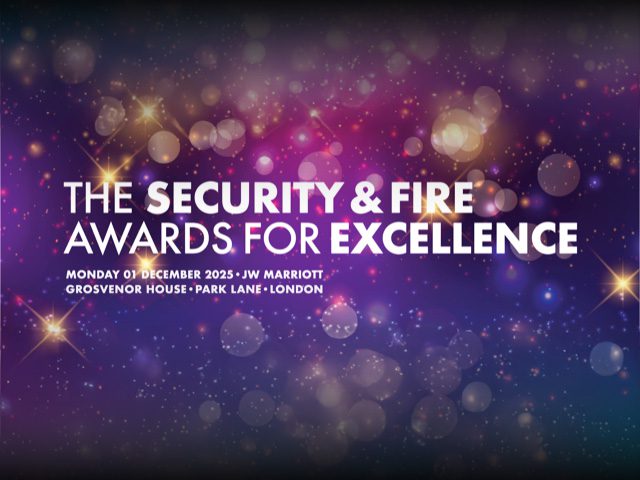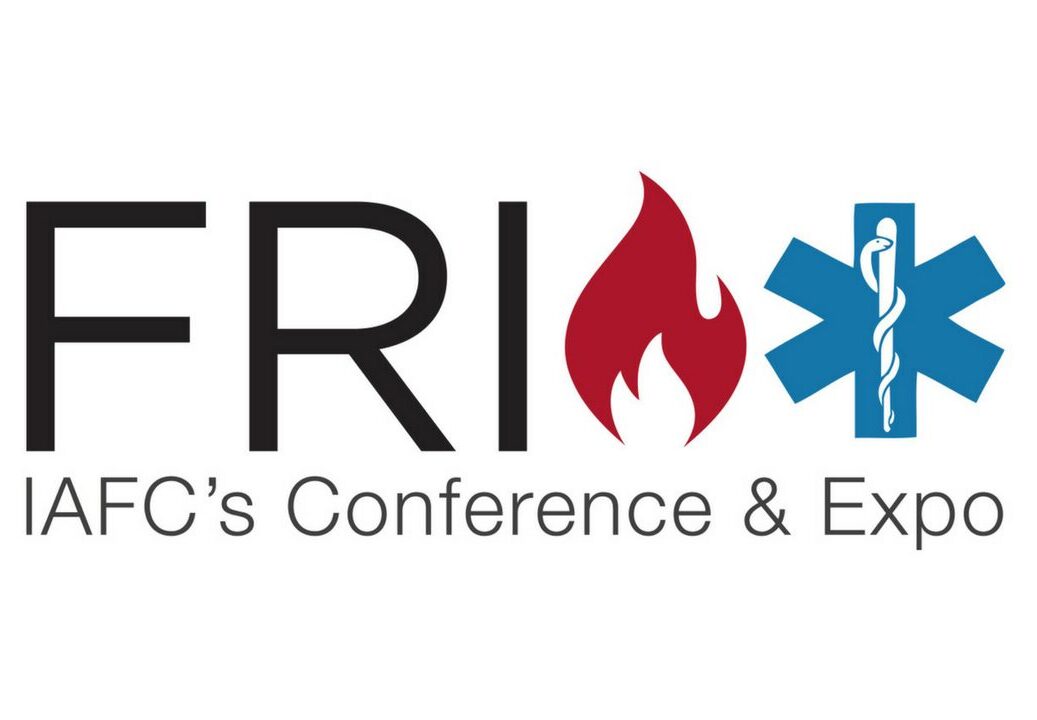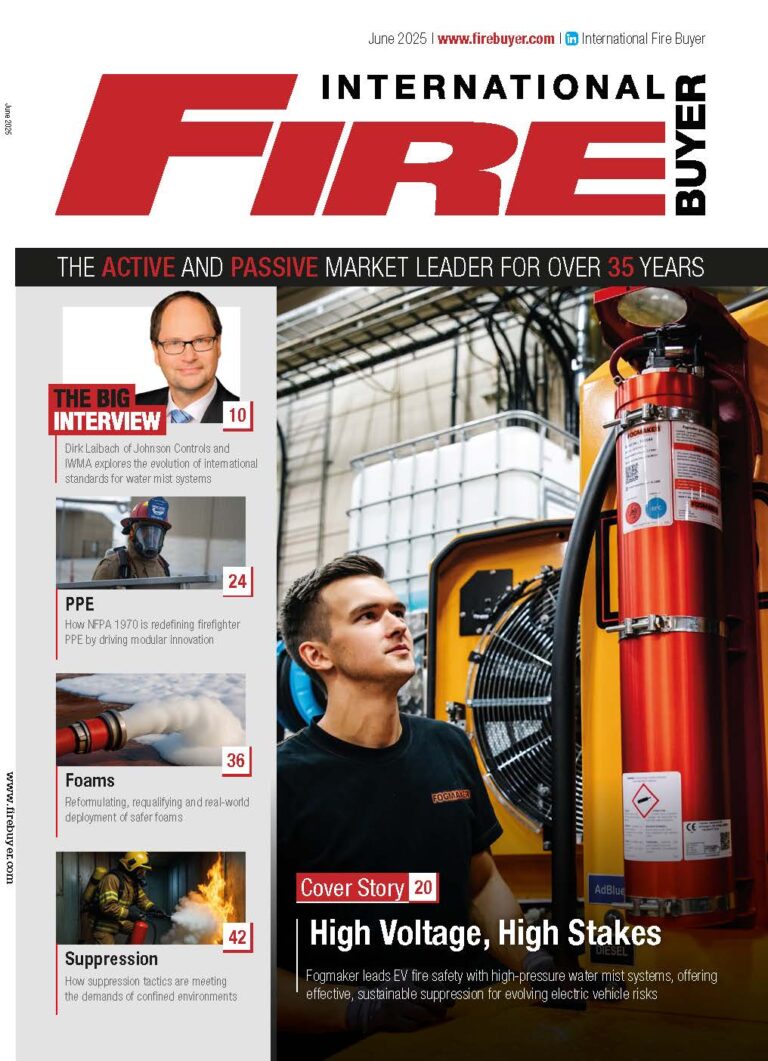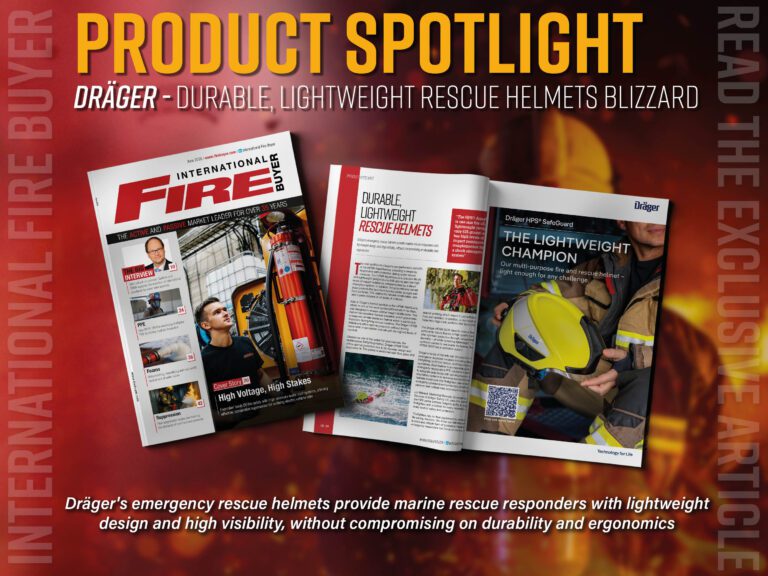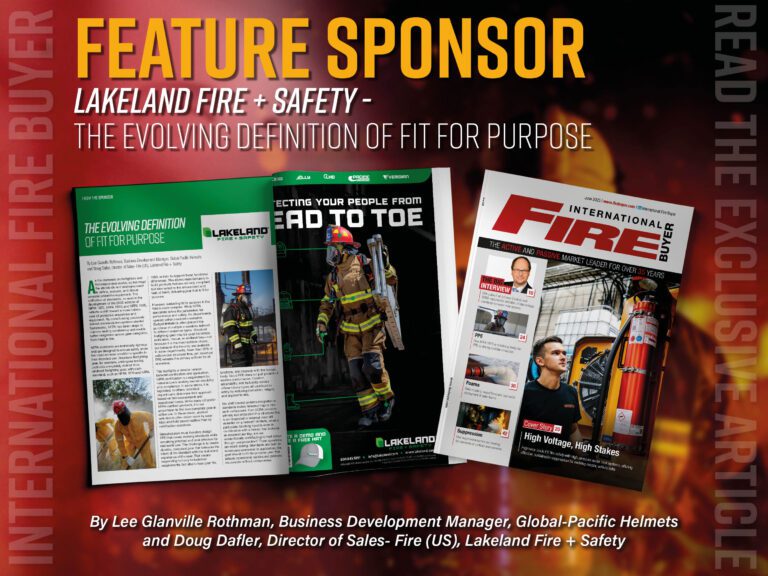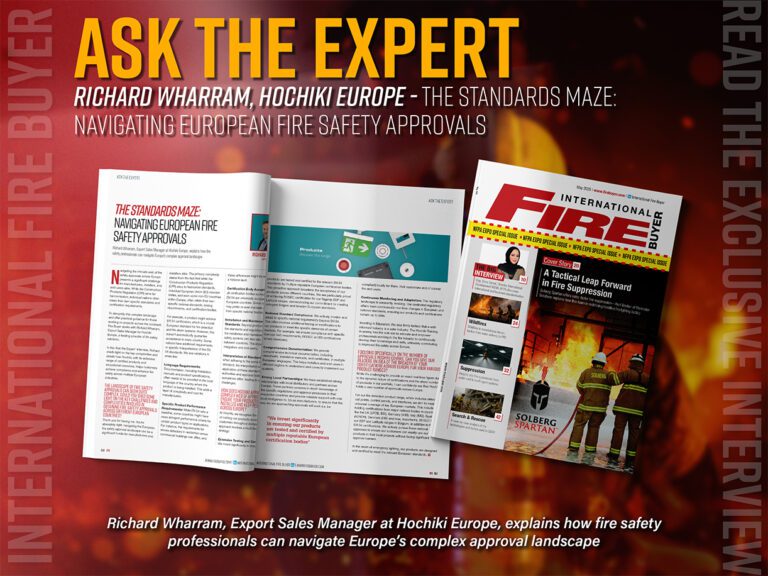How can effective communication using technology help aid firefighters in increasingly challenging environments?
Every year, wildfires break new records. By August of 2021 alone, over two million acres of land have been burned, hundreds of homes and other structures destroyed, and many more families displaced. Thousands of firefighters and other emergency workers are continually at risk of serious injury or death. Businesses close, entire communities grind to a halt. And worse yet? The fires are getting more severe, and wildfire seasons are lasting longer.
While an obvious hazard to anyone, wildfires can be particularly challenging for businesses. One of the biggest challenges they face during a wildfire is communication. Wildfires can grow from a small brush fire into an inferno that engulfs thousands of acres in a matter of hours, leaving little time to react.
In 2020 the LA Times reported the challenges that county officials in California faced when trying to send evacuation alerts. Some messages were delivered to too many people, others to too few, and still others failed to send at all—due to the complexity of the county’s emergency communication system and coding errors.
Having the right technology, processes and training in place can ensure those in harm’s way are given the information they need to protect themselves and their loved ones at a moment’s notice. In this article, we’ll go over best practices and tools you can use to make sure your wildfire communication is poised to save lives and protect your organisation.
Preparation for all
Government agencies and businesses alike struggle to effectively manage a wildfire situation. Often, their challenges begin with the misconception that, as long as first responders and business leaders can communicate with each other, the emergency response plan is sufficient.
In fact, one of the most common mistakes made by government agencies and businesses is to simply not communicate about threats until it’s too late. As Stan Szyptek, President and CEO at Fire & Life Safety, says about his experiences with his clients, “Where many [businesses] could have done better was that they didn’t have communication capabilities in place to provide that warning.”
Communication with these groups can be difficult, but there are some best practices to keep in mind when doing so. Communication challenges before, during and after a wildfire can be solved with the following strategies:
Before a wildfire
There’s no use waiting until you’re forced to evacuate to think about wildfire preparedness. Rather, make sure to prepare ahead of time. Before a disaster like a wildfire strikes, it’s important to know how you’re able to get in touch with everyone in your organisation. And not just your employees. You might also need to reach your customers, suppliers, or even the public, depending on your location and the type of work your organisation does. This plan should also include a mass notification system that can reliably reach that wide audience.
Gather as much contact information from your audience as possible, such as phone numbers, emails, home addresses, and the like. These redundancies will allow you to take advantage of multi-channel emergency notification systems later. Some tools even allow you to monitor user locations via location data from a mobile app.
Seek out tools and methods to help you assess your organisation’s level of wildfire risk, as well as the risk to individuals and specific business units. Communicate expectations to your team so they are prepared if and when a wildfire sparks to life in your area.
When a wildfire is approaching, the last thing you want to have to do is troubleshoot technology. After preparing your communication plan and tools, you need to test everything to make sure it’s ready to go. Send your audience test messages, and identify anyone who didn’t receive them to expose errors.
To read more exclusive features and latest news please see our February issue here.
Media contact
Rebecca Morpeth Spayne,
Editor, International Fire Buyer
Tel: +44 (0) 1622 823 922
Email: [email protected]











